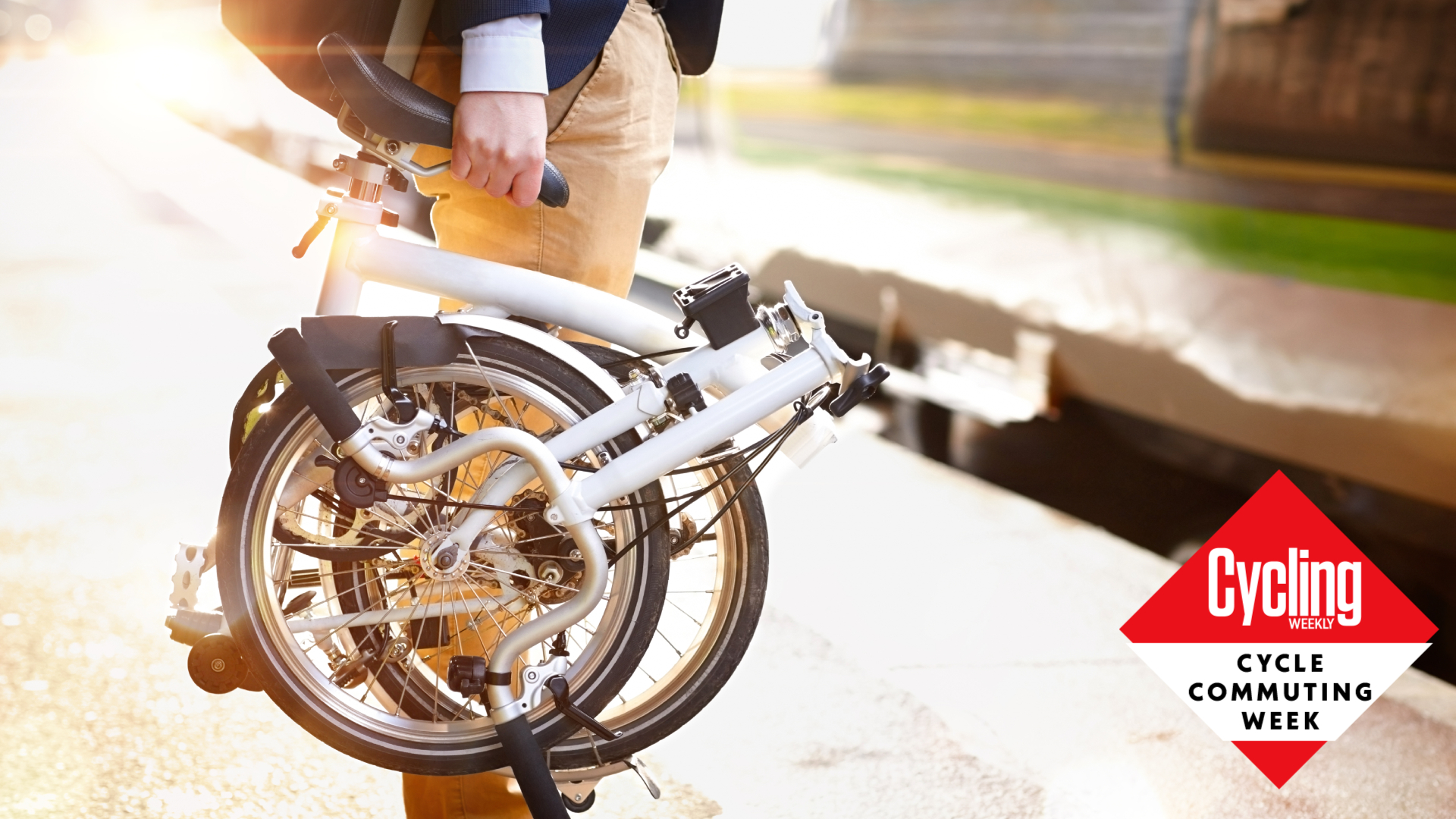
There are plenty of benefits of folding bikes that make the best folding bikes a really versatile option for a variety of riders and make a foldable bike a great candidate for the N+1 bicycle.
They’re a great choice if you’re tight on space, they’re easier to take on public transport and they’re a quick way to get around town. Go for one of the best electric folding bike and you’ll arrive less hot and tired than a pedal-powered bike as well.
Here are 11 benefits of riding a folding bike.
Benefits of folding bikes
1. Easier to take on public transport
Probably the best documented benefit of a folding bike is its ease of access to other means of transport. Indeed, on some urban transport systems, it is the only type of bicycle that you can travel with on peak time services.
The folding design means that it’s easy to keep your bike with you, either under a seat or in a luggage rack, so you’re not constrained to putting it in a dedicated bike storage area, where you may need to book a slot before a transport operator will carry a non-folding bike.
If you want to fly with your bike, even the best bike boxes will require some disassembly of a non-folding bike to fit and will usually attract an oversize baggage/sports equipment surcharge. Fly with a folding bike and it will often count as part of your standard luggage allowance and all you need to do is to unfold your bike on arrival and ride off.
The ease of carrying your bike on public transport opens up the second major benefit of a folding bike…
2. Easier to get from A to B within town
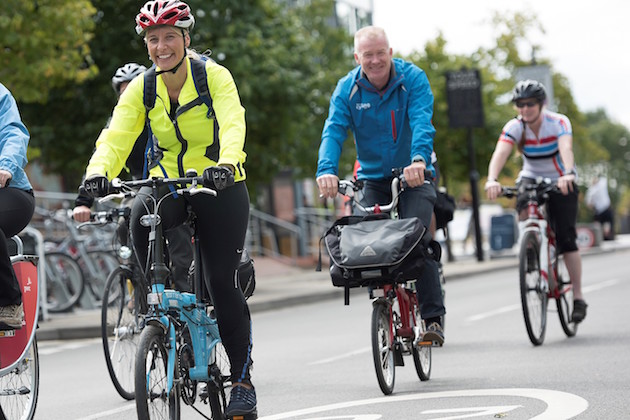
When you do get to the end of your train, bus or tram journey or your flight, it’s a lot easier, faster and nicer to travel by bike to your final destination than by other modes of transport within town. Often underground and subway systems and buses are crowded and uncomfortable and they may not get you close to your final destination, so you may need to walk.
A folding bike lets you make a point-to-point journey within a city or town quickly and easily. As with other options for the best commuter bikes, you can use the dedicated cycling infrastructure that exists in many cities, allowing you to cycle away from traffic and often take quieter routes that bypass main roads and may allow you to get through traffic bottlenecks faster.
3. Cheaper to get around
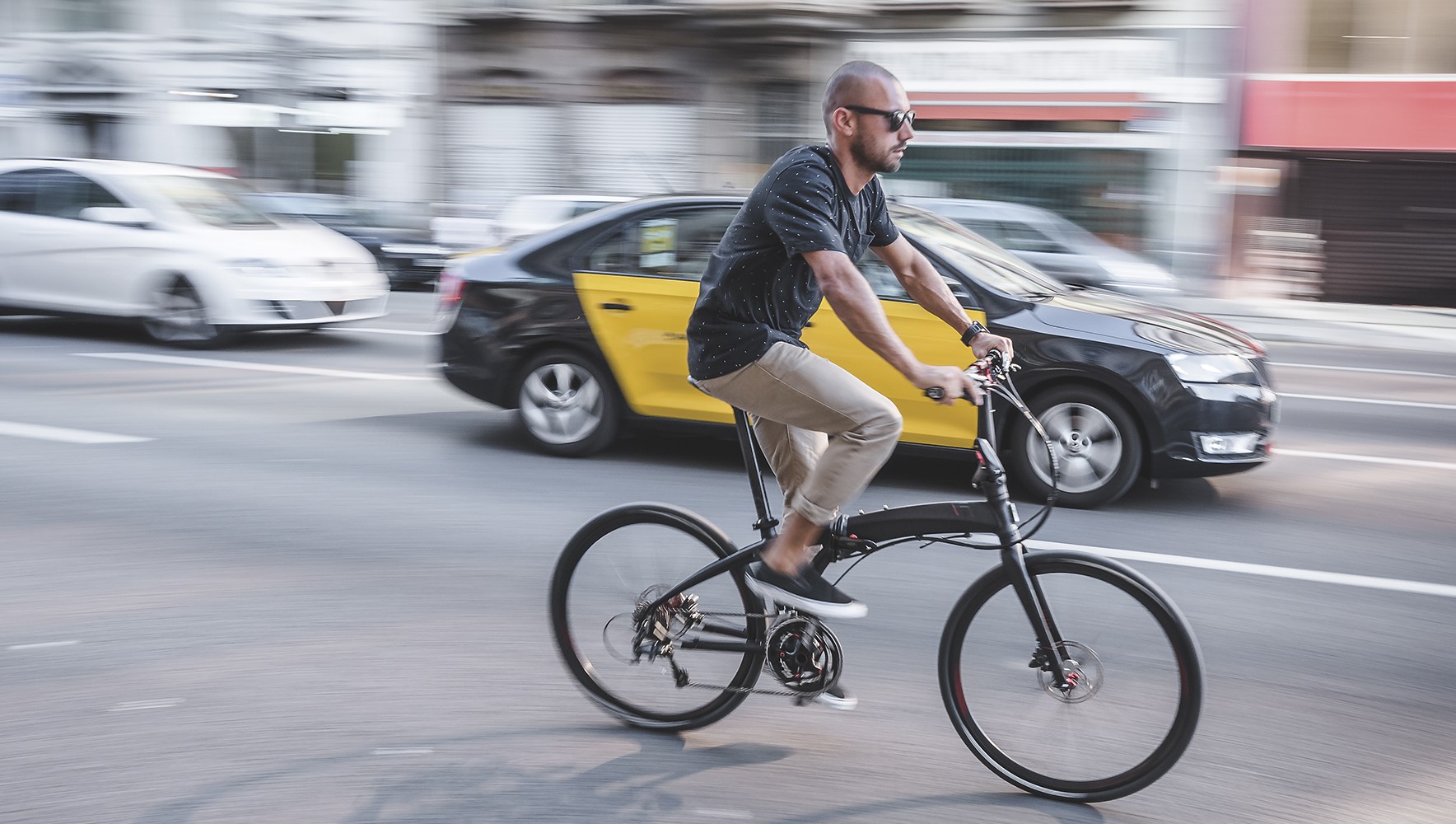
Riding your bike to your destination will be free, whereas you’ll need to pay for most other forms of transport within a city.
If you have multiple in-town trips to make, the cost of urban transport can soon mount up. With a folding bike, it’s a lot easier to make multiple stops and you’re not going to be paying extra for each journey.
You’ll also not need to wait for public transport or for a taxi to appear, so you’ll have more flexibility in timing your journeys.
4. Easier to store
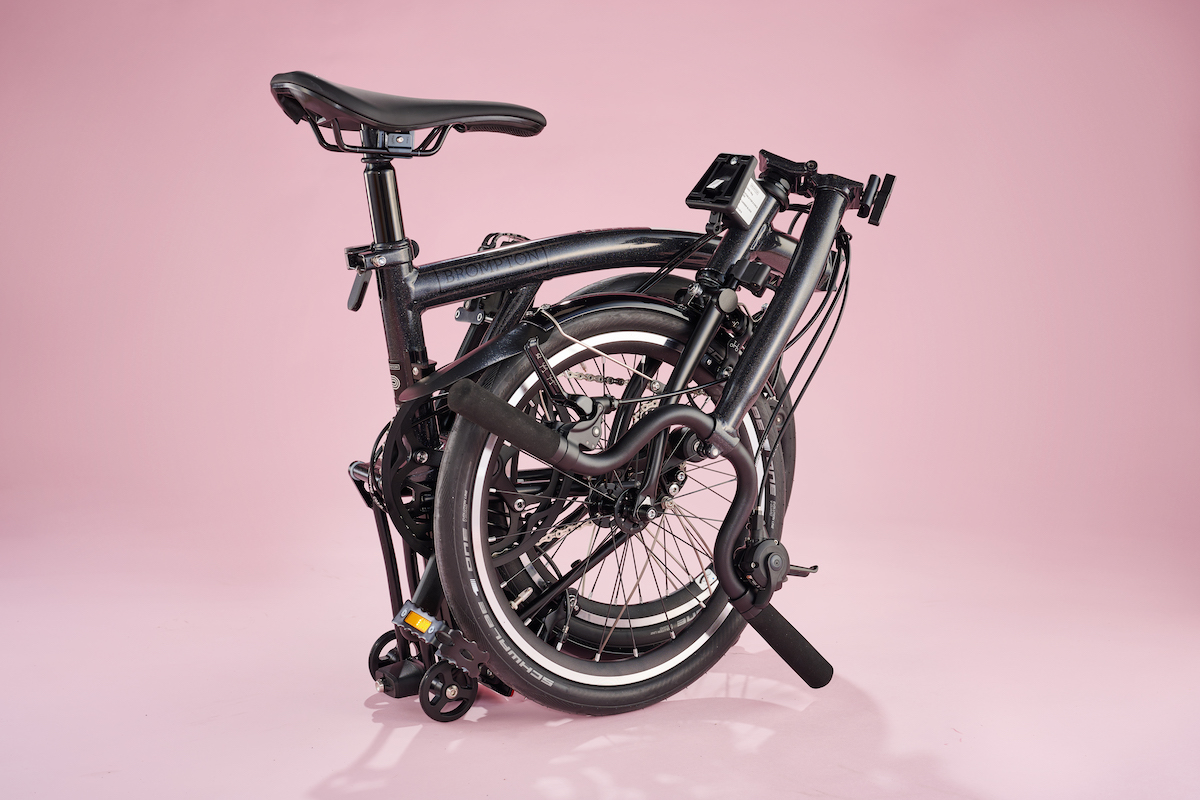
If you have limited storage space at home or at work, it’s a lot easier to stash a folding bike away than it is to keep a non-folding bike. The best folding bikes will easily stow away in a locker or beneath stairs, or even under your desk at work, whereas a non-folding bike needs a shed, garage or dedicated bike storage space to keep it.
A folding bike is a popular option for holidaymakers too, as it can easily be packed in a car or camper van. If you’ve followed UK television coverage of the Tour de France, you’ll have seen David Millar riding the stage finishes on his Chpt 3 limited edition Brompton, a useful tool when the race changes location every day.
We’ve even been told that folding bikes are popular with sailors, who often have limited storage space on their yachts, but still need to get around when they moor up.
5. Easier to carry
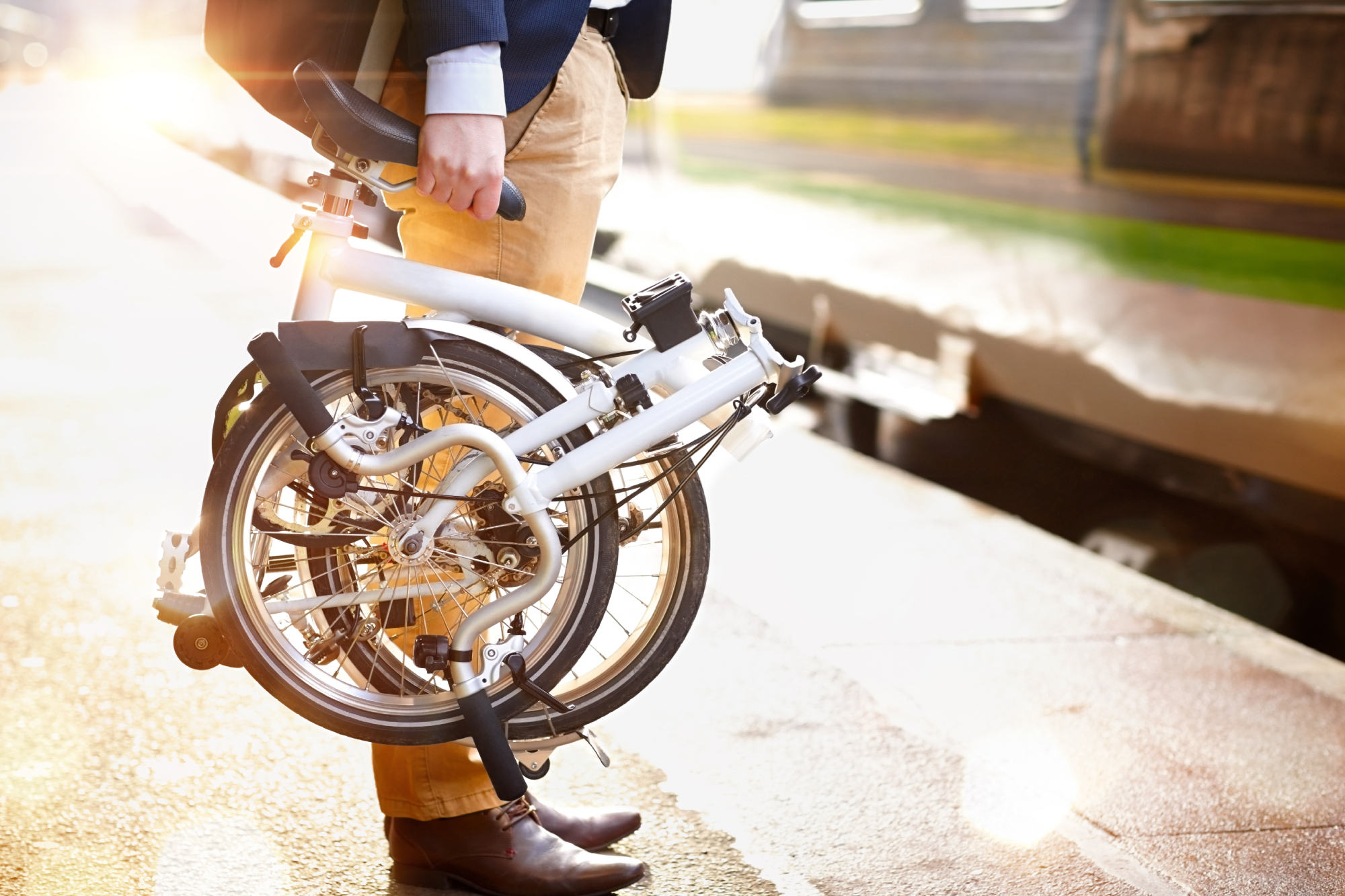
Non-folding bikes can be ungainly to carry, for example if you need to walk up or down stairs. A folding bike is a lot easier to negotiate around obstacles when folded, due to its more compact size.
Some folding bikes can be quite heavy, but folding bike brands are increasingly offering lighter weight options. The lightest T Line version of the famous Brompton bike, for example, uses titanium and carbon fibre parts. These lower its claimed weight to 7.45kg, comparable to some of the best road bikes used in professional races.
The Hummingbird Gen 2.0 electric folding bike packs a motor and battery into its 10.3kg weight, again rivalling the best electric bikes.
6. Wheelable
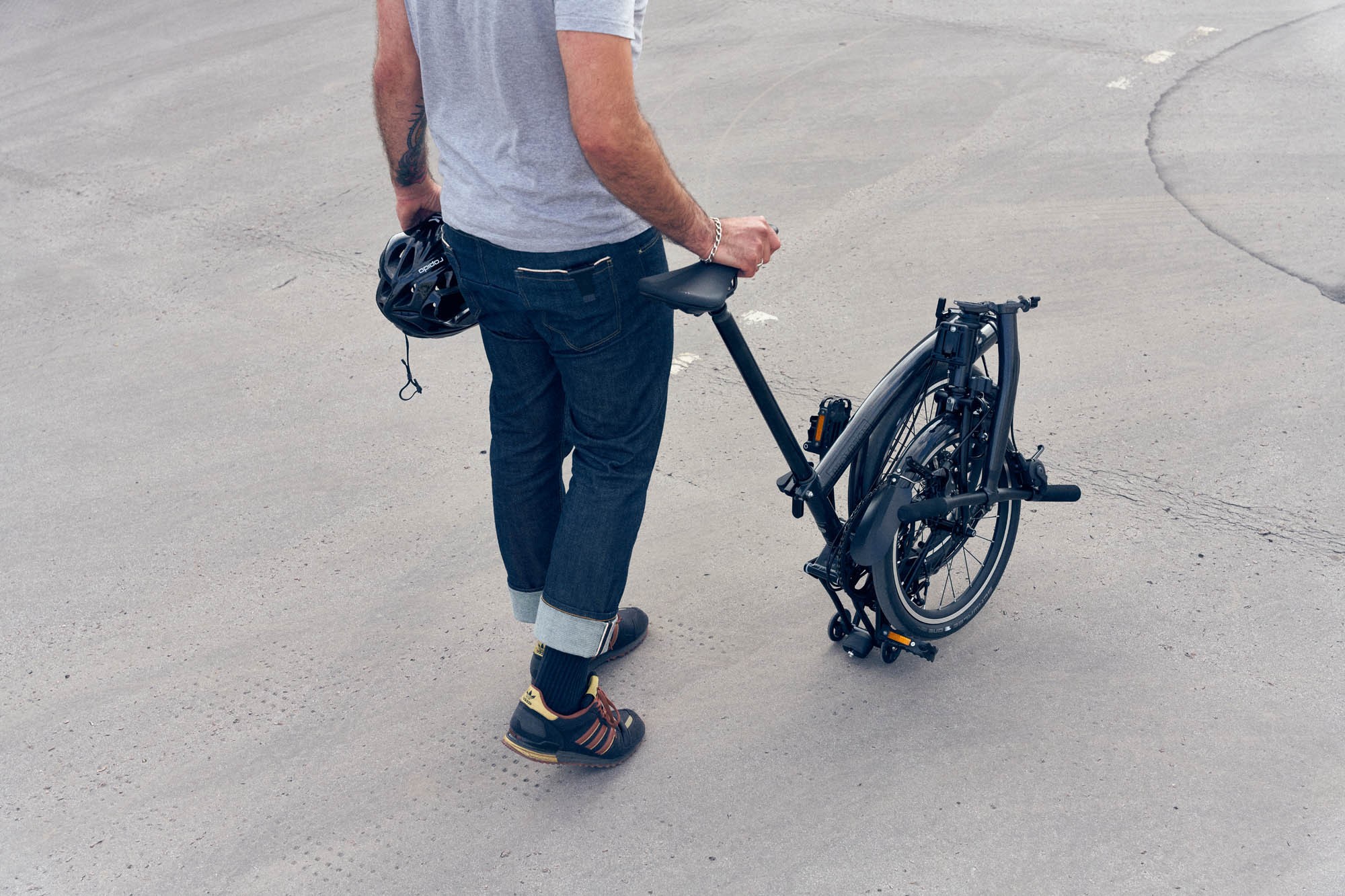
With many folding bikes, you don’t need to carry the bike when it’s folded either. Like the Gocycle G4, they’re often designed so that the two wheels end up next to each other, which allows you to push or pull the folded bike around, using the saddle and its extended seatpost as a handle. Brompton bikes have small roller wheels at their rear to move them around when folded.
7. Plenty of carrying capacity
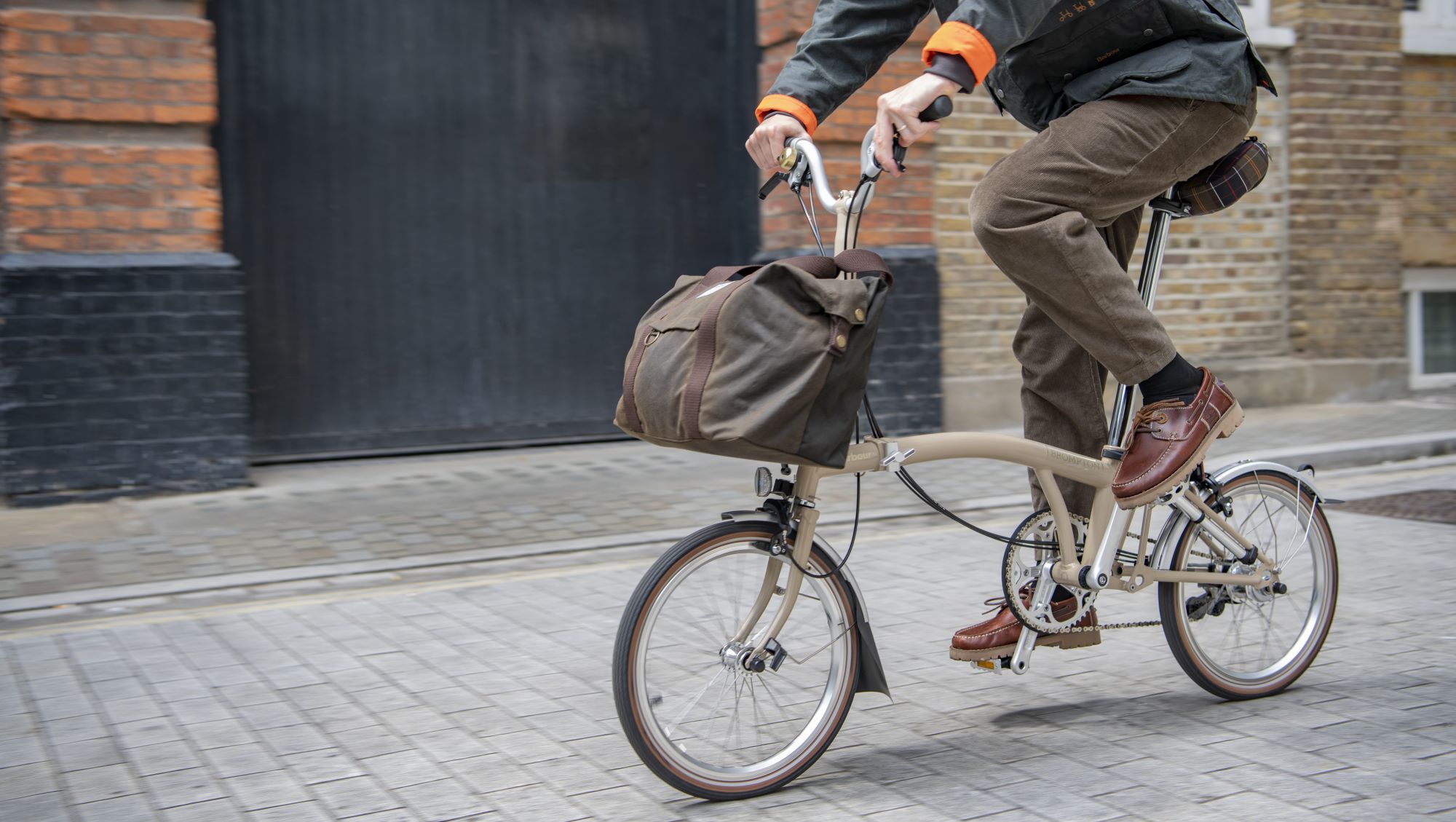
Surprisingly, despite their small format, many folding bikes offer the option to carry significant loads. With their low-slung frames, folding bikes help to keep the load low down, assisting with stability.
Many of the best folding bikes include a rear rack, with folding bike brands often selling custom luggage to fit. You can find folding bikes purpose-built to carry large amounts, like the Tern Vektron folding electric bike, which has a large rear rack.
Returning to Brompton bikes, you can specify a rear rack and most Bromptons offer a front carrier block that allows you to attach the brand’s range of luggage with a capacity of up to 25 litres.
8. A motor can make riding easier

Electric bikes are so popular that they’re now incorporated into the basket of goods used to calculate the inflation rate in the UK. There are plenty of folding electric bike options available.
Although the motor and battery can make even the best electric folding bikes significantly heavier than a pedal-powered model, they make the bike easier and less tiring to ride longer distances and provide faster acceleration. You’re likely to arrive at your destination less sweaty too.
9. Less risk of theft
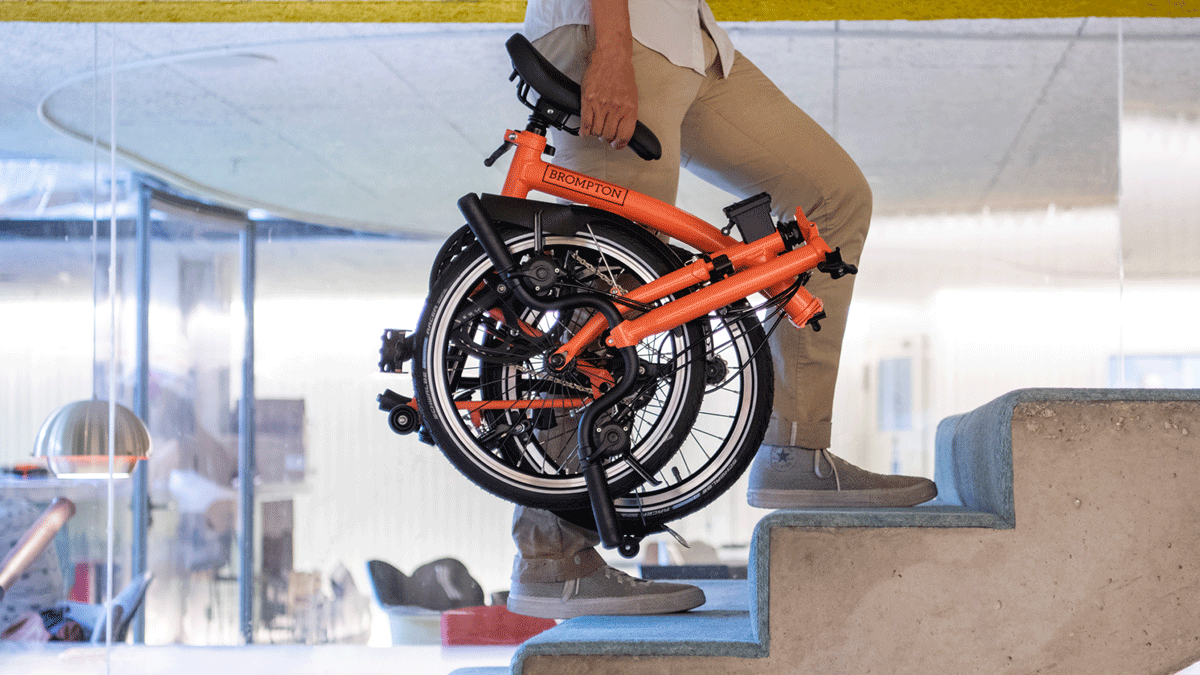
Bicycle theft is a problem for anyone who has to store their bike outdoors and even at home bikes are not safe. The best bike locks can help, but even then your bike may not be fully secure.
A folding bike can reduce the risk of theft significantly. It’s easy to keep with you, either within your house, which lowers the risk of theft over keeping it in a shed, and at work you may be able to keep it somewhere secure indoors rather than outdoors in a bike shed. You can potentially fold it and take it with you into shops as well.
10. Robust
Folding bikes tend to be built strong, as their makers expect them to have to handle plenty of abuse on city streets. Components too are selected to last. That means that maintenance bills can be less than with a lightweight bike and increases their go-anywhere credentials.
11. Added comfort features
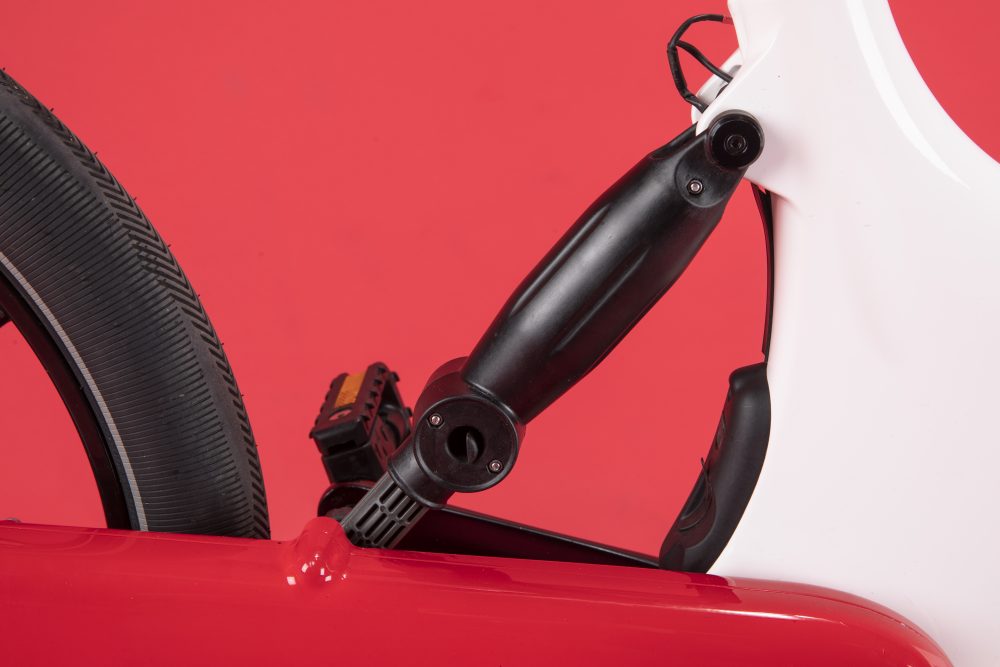
Although a folding bike’s small wheels can lead to a more bumpy ride than on larger wheels with wider tyres, many folding bike brands include suspension in the frame to help smooth out the road.
The Gocycle G4, for example, has a shock absorber between the main frame and the rear section, while the Brompton frame has a rubber bushing in the same location. Other folding bikes like the Volt Metro electric bike include a suspension fork.







